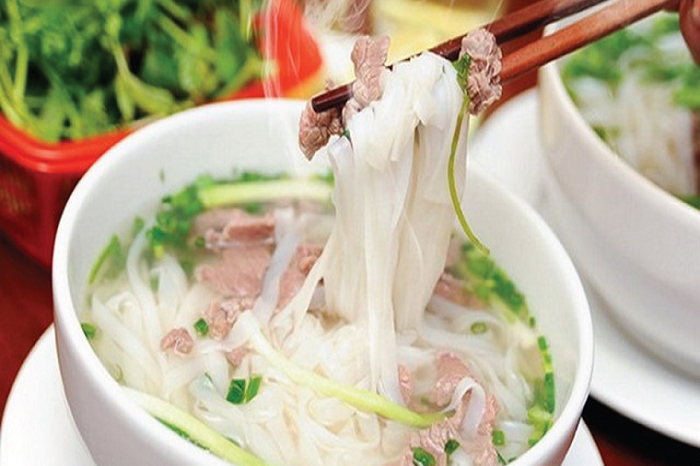
The top 6 Vietnamese noodle soups in the land of chopsticks
- on Dec 10, 2020 By: BN
Vietnamese people usually find a reason to add some flavours to the week's menu with a few noodle soups like pho, bun or mien when they have enough rice, the most consumed daily. In addition, Vietnamese soup recipes are as varied as they are delicious, no matter what region you are eating in. If pho noodles shine with pho soup, our culinary heritage, its counterparts with typical peculiarities, each also deserves a special experience. Here is a little decryption of the popular types of noodles in Vietnam that gives you an idea for your next taste trip.
1. The pho noodles
The most famous Vietnamese noodle dish is undoubtedly pho. To make pho noodles: the rice, after soaking in water for at least 4 hours, is finely crushed in water. It is with a mould that we make the noodles from the dough that will be eaten fresh. Vietnamese restaurants offer a wide range of choices to savour pho and the most popular are beef pho, chicken pho, stewed beef pho, sautéed pho, pho salad… There is also a clear distinction between the tastes of the Northern and Southern regions by emphasising pho Saigon and pho Hanoi.
2. The bun noodles

One of the most popular Vietnamese soups right after pho is the bun, also made with rice pasta. However, the bun, rather round, are more white and supple than the pho. In addition to fresh noodles, you can prepare bun recipes with the bags of dried rice vermicelli sold in stores. There are three ways to enjoy bun, noodle soup, stir-fried noodles and fresh noodles with nem and sweet and sour sauce.
As you travel through Vietnamese territory, you will have the opportunity to discover many variations of bun in each region of your visit. Bun cha, bun dau mam tom (vermicelli with tofu and shrimp pasta) in northern cities and provinces, bun bo Hue, jellyfish bun in Nha Trang, bun nuoc leo Soc Trang (local noodle soup mixing three traditions, Vietnamese, Chinese and Khmer). Whatever the recipe, bun is traditionally eaten with aromatic herbs, but also chilli, pepper and spicy vinegar is added as necessary.
3. Mien noodles

The unmissable ingredient in the preparation of nem, mien is the dry vermicelli made from rice, canna, soy or cassava. They are soaked in water for a while before being accompanied with other ingredients. Mien become translucent and leathery when cooked. Also known as Chinese pasta, mien is making a place for itself among popular Vietnamese dishes, being present on a number of occasions, from traditional meals to formal gatherings to street canteens. Multiple versions of mien are available to guests, including as a soup, stir-fry or a salad.
Regarding the soups of mien, the most common are chicken vermicelli, crab pasta vermicelli, marsh eel vermicelli and Muscovy duck vermicelli with young bamboo.
4. Banh canh noodles
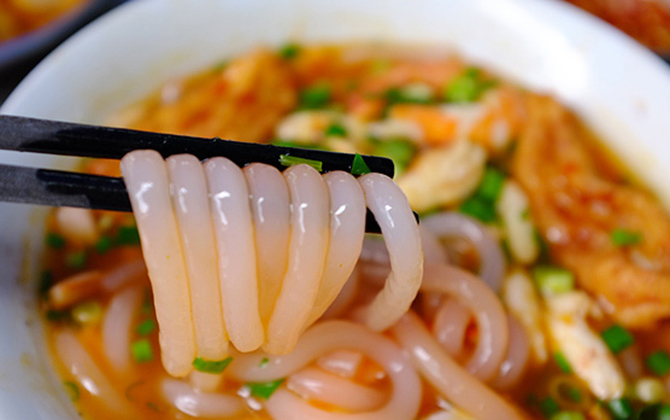
These are the noodles that people in Central and Southern Vietnam are particularly fond of. Made from rice, wheat, cassava or a mixture of rice and cassava, banh canh noodles are supple and a little tough. Compared to bun, they are shorter and wider. The filling of a banh canh recipe varies from region to region, such as pork, fish, crab and shrimp. The broth for banh canh soup is also prepared with shrimp, fish, ham and spices, depending on the type.
The most famous banh canh are Nam Pho (Hue), Trang Banh (Tay Ninh) and Vinh Trung (An Giang).
5. Banh da noodles
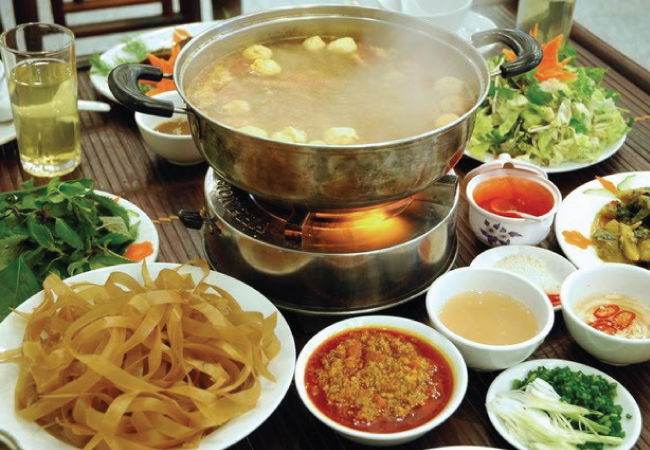
These dry rice-based pastas are known in two types depending on the colour, white and red. White banh da look like pho noodles, but give more of a rice flavour, being more elastic too. Larger than the white ones, the red noodles have made the reputation of the cuisine of Haiphong, a neighbouring port city of Hanoi, where banh da cua would delight all gourmets from the first bite.
6. Mi or pasta

This is not to address the history of wheat pasta which seems to date back thousands of years in our neighbouring country. With nearly 600 varieties of wheat pasta found around the world, they crossed borders to warmly invite themselves to Vietnam. The invention of instant noodles by the Japanese further increased the popularity of wheat noodles with Asian tables, but also in countless countries.
Be aware that in Vietnam, Mi Quang can be confusing for the term mi it contains. This dish, originally from the central provinces of Vietnam, is a must for travellers to Danang and Hoi An. Thick yellow noodles with variable fillings (chicken, beef, shrimp, pork chop, Vietnamese pork pate)… season necessarily herbs, peanuts, pepper and lemon.
Related articles:
>> Top 5 best places to enjoy a banh mi, the Vietnamese sandwich
>> Bun Thang, a culinary speciality of Hanoi
>> 3 Vietnamese pho recipes in the mountains not to be missed
Comment
Other Blog
Categories
Latest News
on 27 Apr, 2023      
on 15 Apr, 2023      
on 28 Mar, 2023      
 Español
Español Français
Français






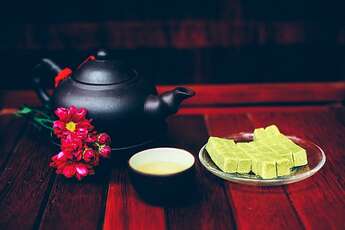
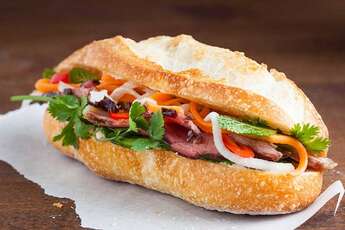

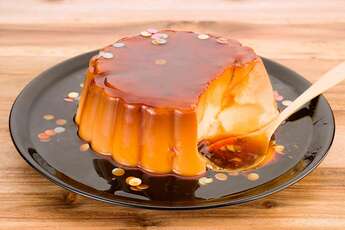









F
on Jan 3, 2024Igor Mozetic
on Apr 8, 2023Ira Beale
on Feb 10, 2023Phạm Phú Toàn
on Jan 28, 2023Max Stover
on Jan 11, 2023